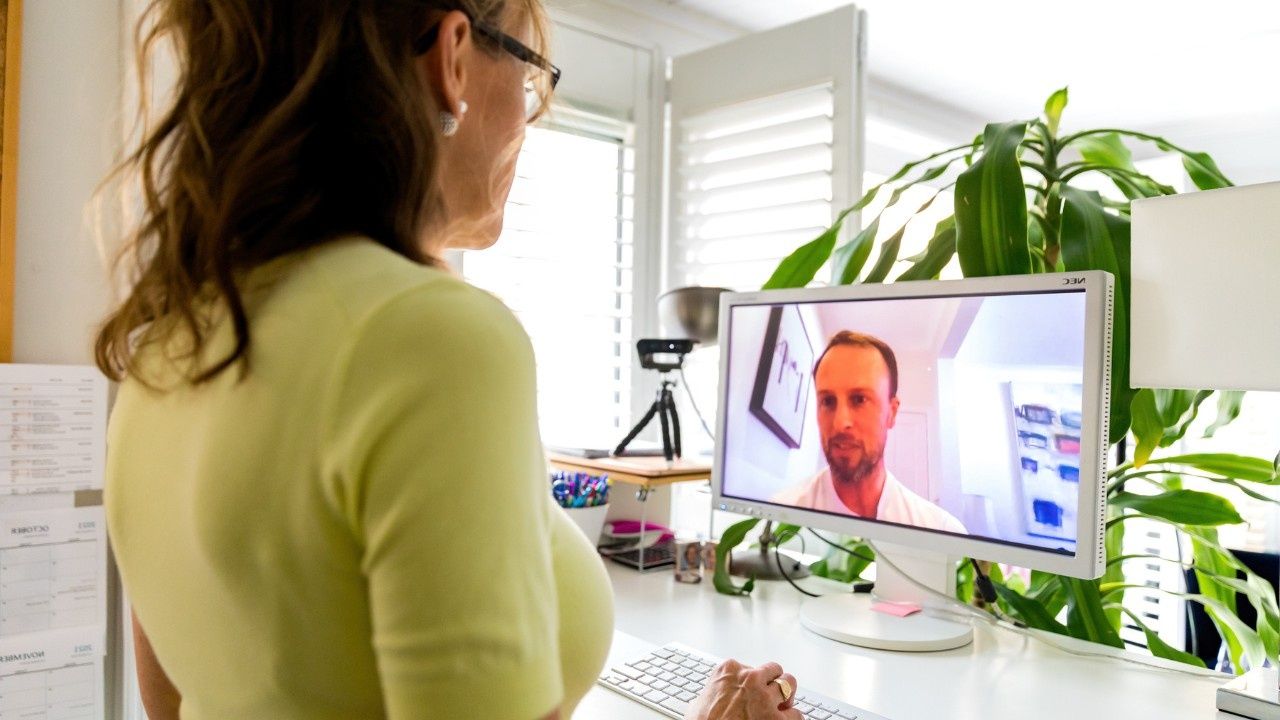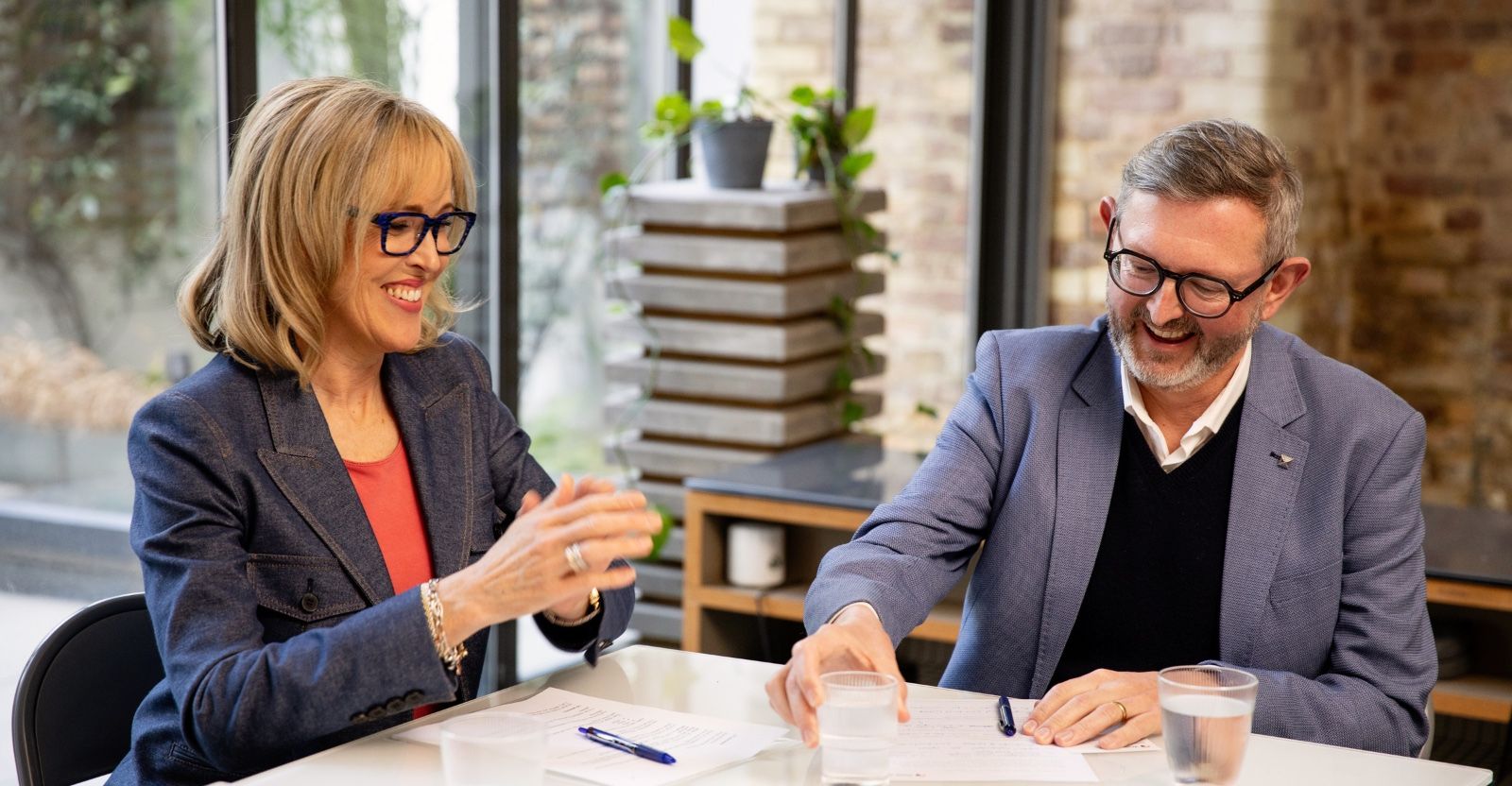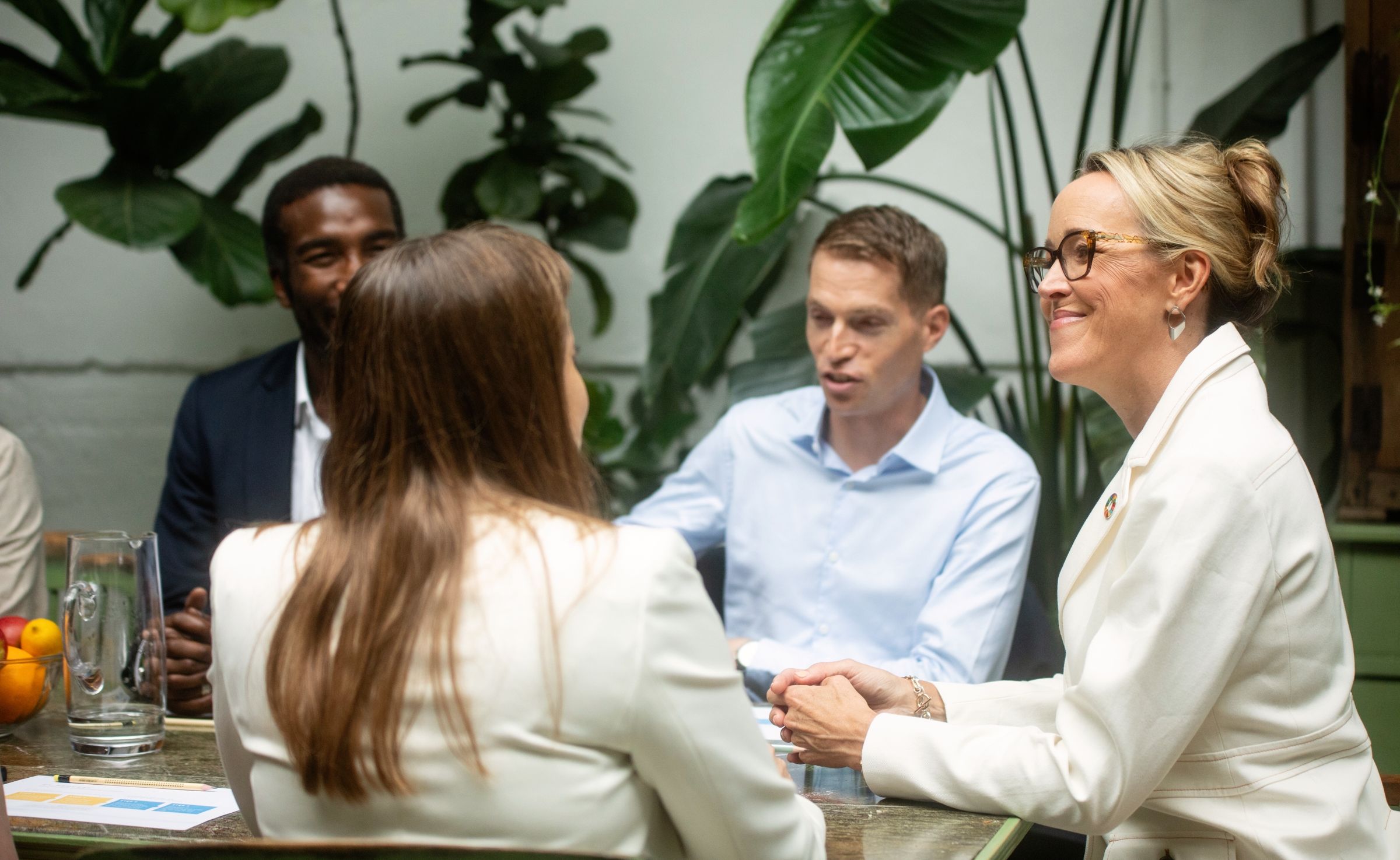Rodan+Fields' Lindsay Vignoles on carving out your sustainability career in the private sector
Mar 09, 2022
When Lindsay Vignoles joined skincare company Rodan + Fields in 2018, she didn’t wait for the right role in sustainability to appear — she set about creating it for herself.
Now overseeing environmental, social and governance functions at the San Francisco company as director of ESG, Vignoles talks candidly about how she formally created that role within the business, how to create buy-in from leadership when a company is early in its sustainability journey and how she sees ESG evolving across the beauty industry.
Shannon Houde: Lindsay, you came from a nonprofit background. Tell us about how you made the transition into the for-profit sector?
Lindsay Vignoles: I started my career in international development, working on large government contracts all over the world. At that time, corporate social responsibility was quickly gaining traction, and I soon found myself working for corporate clients seeking to invest in the local communities where they operated.
Through that experience, I really started to understand the role of the private sector in creating social impact, and I thought, wow, this is a place where companies really can make a difference, they have an incredible seat at the table.
When I came to Rodan + Fields, I came through that door of social impact [working for its corporate foundation] and quickly saw the intersection between social and environmental investments. I was energized by that and dove into learning about sustainability — going to conferences, reading everything, connecting with colleagues to assess sustainability initiatives already underway at the company.
I was lucky to have the opportunity to organically build a formal ESG function at the company.
Houde: When you said you proposed your role to the company, how did that work in practice? What would be your advice for someone looking to do the same?
Vignoles: There are so many ways to come at it depending on where your company is in its life cycle. If you have a mandate from the top and your leadership is saying, “We need to do more in this space,” then I would approach it from the top, and pitch it at that level. If leadership is supportive, but it’s not yet a top priority, mobilize the power of your stakeholders and industry peers.
Ours was more of a grassroots movement, in which different teams were working on issues that mattered to them. For example, our logistics team was thinking about emissions from transportation, and packaging was investigating refillable formats. At the same time, the beauty industry was focusing more on sustainability.
I started working cross-functionally to better understand what we were doing to advance our material ESG issues like circular packaging, water and waste management, reducing emissions, responsible sourcing, and diversity and inclusion. Then, I mapped those issues to the Sustainability Accounting Standards Board’s materiality matrix for our sector.
That’s a great place to start, particularly if resources are limited. Figure out what you’re already doing, work with those teams to put initiatives and goals in place and align those efforts with industry standards.
This work helped us realize how much was already happening and made putting a strategy with goals and metrics in place that much easier — so much so that I got approval to publicly release our inaugural report in 2020. From there, I put together a job description and said this needs to be a formal part of our business. They listened.
So slow gradual steps from the bottom up is one way to get there. But the approach really depends on your company.
Houde: That’s such a great example of a transition that’s possible once you’re in a company. What are your key responsibilities in that newly created role then?
Vignoles: Driving our ESG strategy and building a culture of sustainability at the company is a big part of my job. ESG issues are dynamic, and so I am continually evaluating our strategy to make sure it’s advancing our social and environmental commitments. I recently updated our materiality assessment, completed a benchmarking analysis and am continually gathering data and realigning our goals and targets as our business evolves and trends shift.
Ours was more of a grassroots movement, in which different teams were working on issues that mattered to them.
The second bucket is all about integrating ESG into core business operations. This is really the nitty gritty of the governance piece. Part of standing up this function was establishing a governance structure that engages senior leadership, C-suite and the board. Nurturing and strengthening this structure is key to our ability to make progress and become a more purpose-driven brand.
The third bucket is what I call the fun stuff — how we engage our internal and external stakeholders in our sustainability journey. This might be an Earth Day campaign, a consumer-facing recycling program, how we share our annual ESG report and how we educate and engage employees in sustainability.
But none of the work in the first three buckets happens without cross-functional collaboration. That, I have found, is the secret sauce. How am I working with and supporting the teams that are executing on the sustainability initiatives we have in place? ESG is not one person’s job. It’s the responsibility of the entire company, and it’s my job to bring those groups together.
Houde: And when it comes to that cross-functional working and creating greater collaboration across an organization, do you have any advice?
Vignoles: I think that the biggest challenge really is making ESG a part of the corporate strategy. Achieving that means leaders consider ESG issues in all aspects of business decisions and that resources are unlocked. Only then is ESG creating long-term value.
We’re still in the early stage of our journey, but we’re making progress. I’m hopeful that as we start to see examples of ESG generating revenue that the business case gets stronger. I’ll be able to say “Hey, when we made those operational changes as part of our climate strategy, we reduced our energy consumption and cost.” Once you show that, I anticipate resources become more easily available.
But in the interim, it’s about maximizing the return on the resources we have now. How do you achieve that? For me, it’s a lot about relationship building. I’ve really got to be able to collaborate cross-functionally to make as much of an impact as possible.
I’ll use a specific example: the packaging team. There are some great packaging experts on our team, and they care about sustainability. But they also must consider so many other variables, including product safety and, of course, cost. So, when post-consumer recycled plastic is available, but at a higher cost than virgin plastic, it’s my job to partner with them to make the business case for the more sustainable choice. That partnership takes time to build and requires trust, empathy and the belief that we’re working toward a shared purpose.
Houde: Tell us a bit about the beauty industry more broadly. How do you see sustainability and ESG evolving in the sector?
Vignoles: I see more and more consumers equating sustainable beauty with more recyclable packaging and “clean” or “natural” ingredients. But what consumers are really asking for is greater transparency. It’s no longer only about the product but the process. They want to know that the formulas are not only safe and effective but where the ingredients came from and what the impact of those ingredients is on people and the planet.
And since consumers are driving many of the sustainable changes we are seeing in the industry, brands are responding with packaging that contains less material and more recycled content, and that can be reused or recycled. We’re seeing more attention given to responsible sourcing, especially of sensitive ingredients like palm oil and mica that have more of a social and environmental impact.
But even as brands become more transparent and consumers more attuned to the impact of their purchasing decisions, there is still a gap between intention and action. As sustainability leaders, we have a responsibility to educate, empower and enable our consumers to make more sustainable purchasing decisions. But we also need to recognize that change takes time, and we can’t be detoured if progress doesn’t come as quickly as we want or expect.
Shannon Houde is an ICF-certified career and leadership coach who founded Walk of Life Coaching in 2009. Her life’s purpose is to enable change leaders to turn their passion into action and to live into their potential — creating scalable social and environmental impact globally. To follow more stories like these, join Shannon for Coffee & Connect, where she interviews sustainability practitioners every month to learn more about their day-to-day responsibilities.
This article was originally published by GreenBiz on Shannon’s Purpose & People column. You can find the original article here.








